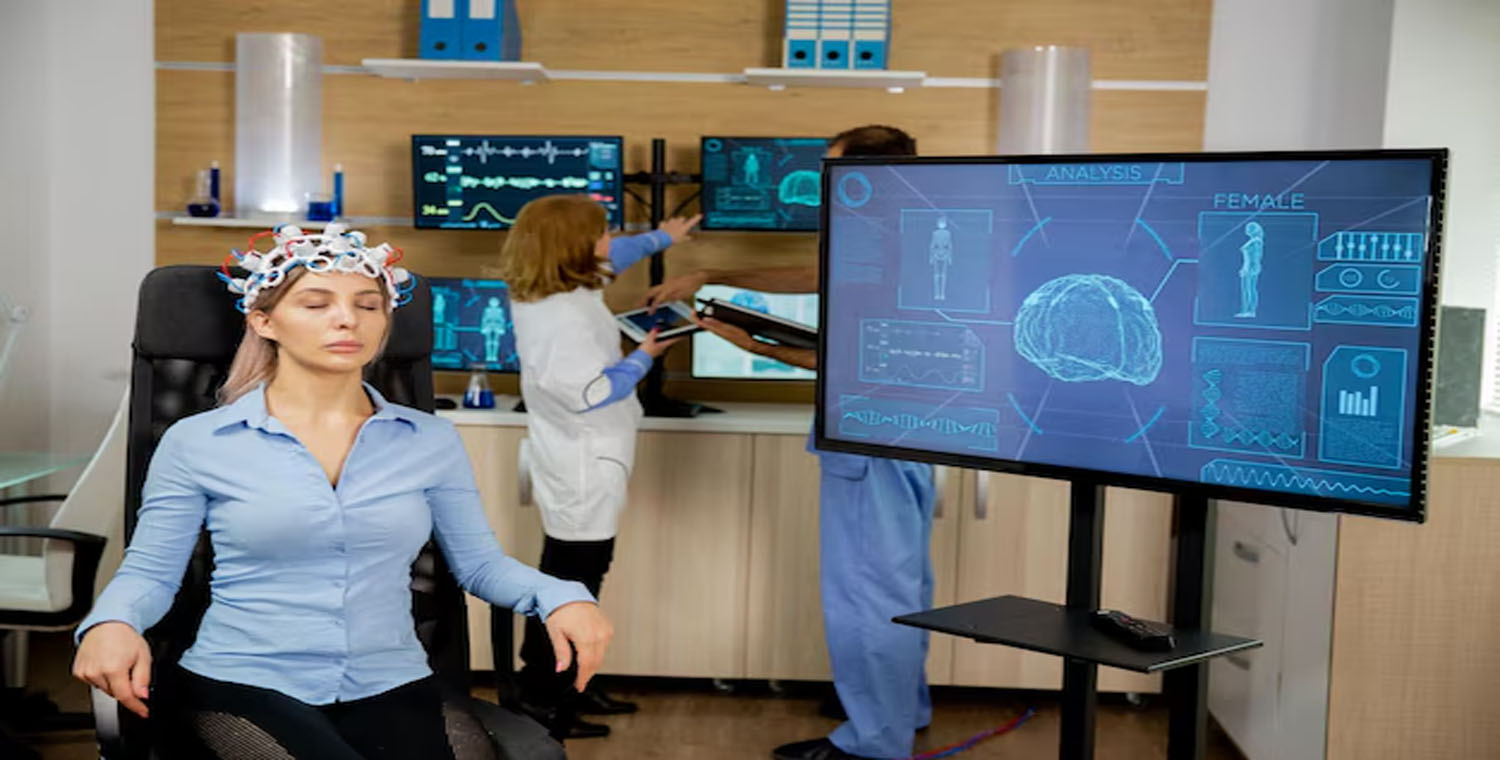Communication is an intrinsic aspect of human existence, serving as the foundation for relationships, education, and societal progress. With the advent of technology, the landscape of communication has undergone significant changes, offering both opportunities and challenges. This article explores the evolution of communication, the impact of digital technology, the implications for personal and professional relationships, and strategies for effective communication in today’s world.
A Brief History of Communication

Early Forms of Communication
Communication has evolved dramatically since the dawn of humanity. Early humans relied on non-verbal methods such as gestures, facial expressions, and simple sounds to convey their needs and emotions. As societies developed, these methods transformed into more structured systems, such as spoken language. The ability to communicate verbally enabled more complex social interactions and the sharing of knowledge.
The Advent of Writing
The invention of writing around 3,200 BCE in Mesopotamia marked a turning point in human communication. Writing allowed for the recording of information, facilitating the transmission of ideas across generations. This development enabled civilizations to flourish, as laws, trade agreements, and cultural narratives could be documented and preserved.
The Printing Press and Mass Communication
The invention of the printing press by Johannes Gutenberg in the 15th century revolutionized the dissemination of information. For the first time, books could be produced in large quantities, making knowledge accessible to a broader audience. The printing press played a crucial role in the Renaissance and the Reformation, empowering individuals by providing access to information that was previously restricted.
The Telecommunication Era
The 19th and 20th centuries ushered in significant advancements in telecommunication. The telegraph, telephone, radio, and television transformed how people communicated over distances. These innovations made it possible to share news and information rapidly, fundamentally altering the way society functioned.
The Digital Revolution
The Birth of the Internet
The late 20th century saw the emergence of the internet, a groundbreaking development that would redefine communication once again. Initially developed for military purposes, the internet quickly evolved into a global network that connected individuals and organizations worldwide. Email became a primary means of communication, allowing for instantaneous exchanges that replaced traditional mail.
The Rise of Social Media
The early 21st century marked the advent of social media platforms such as Facebook, Twitter, Instagram, and LinkedIn. These platforms transformed communication by enabling users to share their thoughts, experiences, and opinions with a global audience. Social media has empowered individuals to connect with like-minded people, engage in discussions on various topics, and share content that resonates with them.
Mobile Communication
The proliferation of smartphones has further revolutionized communication. With instant messaging apps, social media access, and video calling features, individuals are now constantly connected. This immediacy has changed our expectations regarding communication, making us less patient for responses and more reliant on digital interactions.
Benefits of Digital Communication
Enhanced Connectivity
One of the most significant advantages of digital communication is the ability to connect with others regardless of geographical barriers. Friends and family members can maintain relationships across vast distances, sharing experiences and staying informed about each other’s lives through video calls and social media updates. This enhanced connectivity fosters a sense of belonging and reduces feelings of isolation.
Access to Information
The internet has democratized access to information. With a wealth of resources available at our fingertips, individuals can educate themselves on a wide range of topics. This accessibility empowers people to engage in informed discussions, share knowledge, and make better decisions in their personal and professional lives.
Diverse Communication Channels
Digital communication offers a variety of channels, allowing individuals to choose the method that best suits their needs and the context of their interactions. Whether through email, instant messaging, or social media, people can tailor their communication style to their audience, enhancing the overall effectiveness of their interactions.
Increased Collaboration
In professional settings, digital communication tools such as Slack, Zoom, and Microsoft Teams have streamlined collaboration among teams that may be geographically dispersed. These tools enable real-time communication and project management, allowing for more efficient workflows and fostering creativity and innovation.
Challenges of Digital Communication
Miscommunication
Despite its advantages, digital communication can lead to misunderstandings. The absence of non-verbal cues—such as tone of voice, facial expressions, and body language—can result in misinterpretations. A message intended as lighthearted can be perceived as offensive, leading to conflicts that could have been avoided with clearer communication.
Information Overload
The digital age has ushered in an era of information overload. With an abundance of content available online, individuals often struggle to discern what is relevant or credible. This overwhelming volume of information can lead to decision fatigue, confusion, and a sense of being constantly bombarded.
Decreased Face-to-Face Interaction
While technology facilitates virtual communication, it can also reduce the frequency of face-to-face interactions. The convenience of texting or emailing may discourage in-person meetings, which can negatively impact relationship building. Face-to-face communication fosters deeper connections and understanding, elements that are often lacking in digital interactions.
Cyberbullying and Online Toxicity
The anonymity provided by the internet can lead to harmful behaviors such as cyberbullying and online harassment. Individuals may feel emboldened to express negative opinions without considering the emotional impact on others. This toxicity can create an environment of fear and anxiety, particularly among younger users.
The Role of Social Media in Modern Communication
Amplifying Voices
Social media platforms have given rise to diverse voices and perspectives that may have been marginalized in traditional media. Activists, artists, and everyday individuals can share their stories, advocate for change, and connect with like-minded people. This amplification can lead to social movements and collective action, driving positive change.
The Spread of Misinformation
However, the rapid dissemination of information on social media can also lead to the spread of misinformation. False narratives can gain traction quickly, creating confusion and perpetuating harmful stereotypes. It is essential for individuals to verify the credibility of information before sharing it, fostering a more informed community.
Impact on Mental Health
The influence of social media on mental health is a growing area of concern. Constant exposure to curated images of others’ lives can lead to feelings of inadequacy and anxiety. Additionally, the pressure to maintain a specific online persona can contribute to stress and burnout. Balancing online interactions with real-world connections is crucial for mental well-being.
Strategies for Effective Communication in the Digital Age
To navigate the complexities of communication in a technology-driven world, individuals can adopt several strategies:
1. Practice Mindfulness
Being mindful of how and when we communicate can enhance understanding. Before sending a message, consider the recipient’s perspective and the potential impact of your words. Taking a moment to reflect can help reduce misunderstandings.
2. Embrace Active Listening
In both digital and in-person communication, practicing active listening is essential. Focus on understanding the speaker’s message without formulating your response prematurely. This approach fosters deeper connections and demonstrates respect for the other person’s perspective.
3. Use Clear Language
When communicating online, aim for clarity. Avoid jargon and overly complex language that may confuse the recipient. Clear, concise messages reduce the risk of misinterpretation and enhance overall communication effectiveness.
4. Encourage Face-to-Face Interactions
Whenever possible, prioritize face-to-face interactions. While technology offers convenience, nothing replaces the richness of in-person communication. Regularly schedule meetings or social gatherings to strengthen relationships.
5. Verify Information
In an age of misinformation, verifying the credibility of information before sharing it is crucial. Check multiple sources, fact-check claims, and be wary of sensational headlines. This diligence contributes to a more informed community and reduces the spread of false narratives.
6. Set Boundaries
Establish boundaries around technology use to protect mental well-being. Designate specific times for checking messages and social media, and consider digital detox periods to reconnect with the present moment.
The Future of Communication Technology
As technology continues to evolve, the future of communication holds both promise and uncertainty. Innovations such as artificial intelligence, virtual reality, and augmented reality have the potential to further transform how we interact.
Artificial Intelligence
AI-driven communication tools can enhance efficiency and personalization. Chatbots, for example, can facilitate customer service interactions, providing quick responses to inquiries. However, reliance on AI must be balanced with the need for genuine human connection.
Virtual and Augmented Reality
Virtual and augmented reality technologies could redefine communication by creating immersive experiences. Imagine attending a virtual conference where participants interact in a simulated environment. While this innovation could enhance collaboration, it also raises questions about the authenticity of virtual interactions.
Ethical Considerations
The advancement of communication technology brings ethical considerations to the forefront. Issues such as data privacy, consent, and the impact of algorithms on communication must be addressed to ensure that technology serves humanity positively.
Conclusion
The impact of technology on communication is both profound and multifaceted. While it has revolutionized the way we connect and share information, it has also introduced challenges that require careful navigation. By embracing the benefits of technology while remaining mindful of its drawbacks, individuals can foster meaningful connections and effective communication in an ever-evolving landscape. As we look to the future, it is crucial to prioritize genuine human interaction and understanding, ensuring that technology serves as a tool for connection rather than a barrier.












Leave a Reply